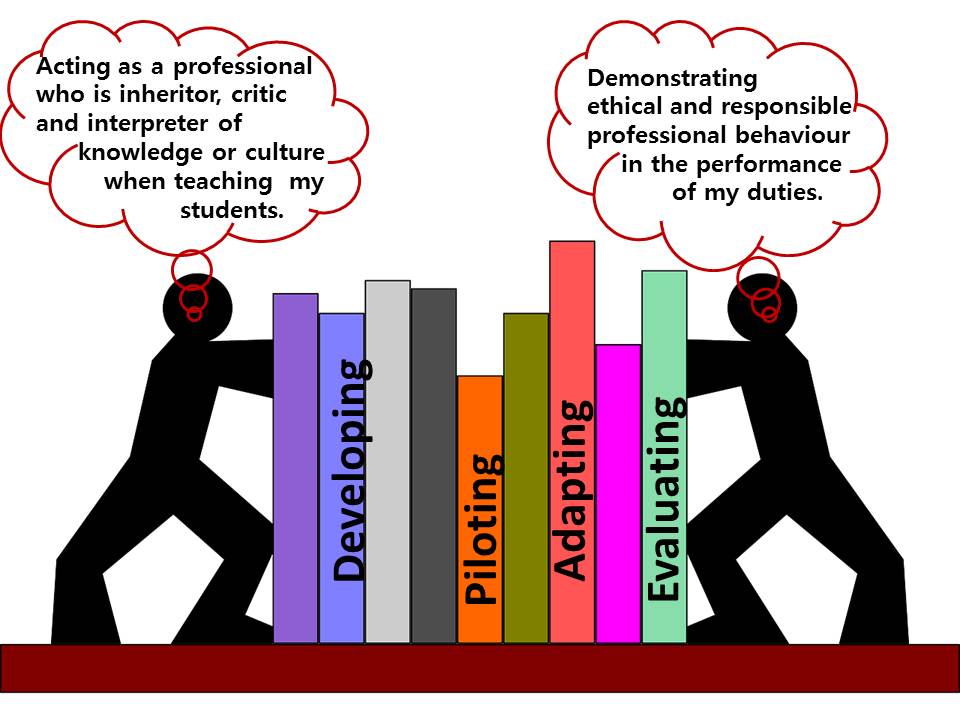(still!) Struggling with technology
 In 2015. we should not be struggling with technology at teacher conferences.
In 2015. we should not be struggling with technology at teacher conferences.
Over the past little while, I have participated – as both presenter and (not so innocent) bystander – in a few teacher conferences or PD sessions. At each of them, there have been major issues with the technological infrastructure (ie – the wifi!) that got in the way of the learning that was going on.
At one conference, I was asked to speak about allowing for mobile technology in the classroom. I had spent a lot of time preparing hands-on activities for the teachers who chose to participate in my workshop. Once I arrived and was ushered into a concrete block classroom with a techie who had to hard-wire my laptop to a wall so I could access my presentation and show a video…I had a feeling there might be a problem with my regularly scheduled programming…
…and I was right. The teachers couldn’t even access the Internet on their personal devices since we were essentially encased in concrete.
At another conference, I was a participant in a workshop where two teachers who had spent a lot of time preparing their presentation on using technology with their students were unable to show us some of their work because of weak wifi.
—–
And we wonder why teachers are reluctant to use technology in their classrooms.
—–
If anything, the scenarios described above reflect some of the frustrating reality in our centres of learning and our methods of professional development.
–> Think about it – I was presenting a session on mobile technology in a room whose very architectural structure blocked access to mobile technology to a group of teachers who were going to go back to teach in the same kinds of rooms the following Monday.
So what do we do? Where do we go from here?
If the realities of our centres are weak technological infrastructures, let’s work from there. I can absolutely work with teachers to develop robust and relevant learning situations that focus on collaboration and creativity in a concrete box – but I need to know the parameters.
So I need to start asking questions about those parameters before I plan for PD. I tend to ask conference organizers about the participants – who are they, what levels/subjects/programs/student groupings do they teach and if they allow for student devices in the room, but I need to ask questions about the classroom environments they work in. I need to ask about teaching environments and the infrastructures that support those environments within the centres as well as outside of the centre walls. Think of the usefulness of providing PD that supports tech use in an area where the majority of a centre’s clientele does not have access to technology for cultural or socio-economic reasons. That kind of data is necessary to help shape the design of my PD.
When it comes down to it, I want to make sure that what I provide for teachers is relevant and useful for them and the learners in their care. I do not want to waste their time with anything less.
On another level, we (all of us, teachers, consultants, parents, administrators, students, community partners) need to put pressure on our school boards to ensure that we have what we need to create learning environments that meet our needs – and that goes for technology as well as safety and security.
Access to technology. Technology infrastructure. These are things that we need to think about. And we need to think about them long and hard before we frustrate people with professional development that does not reflect their reality.
—-
image source: Gawd! i hate computers!by Chrstphre Campbell on Flickr, shared via a CC BY 2.0 license.


